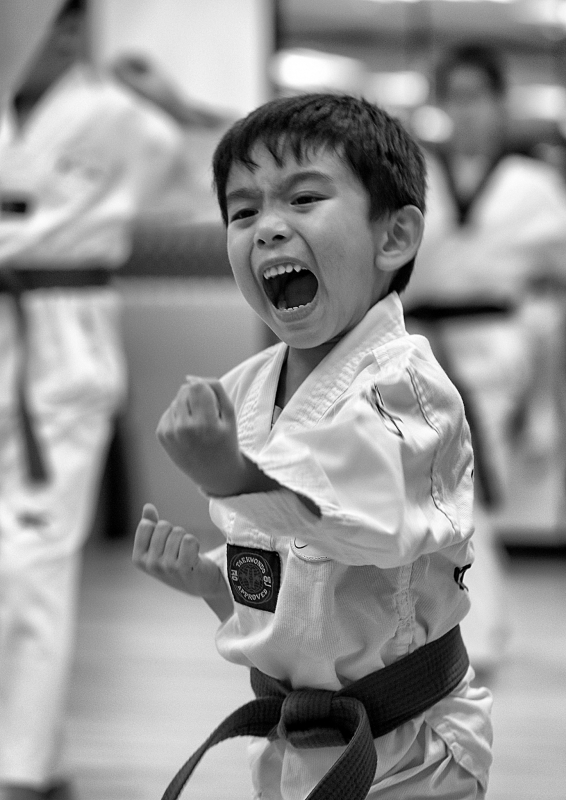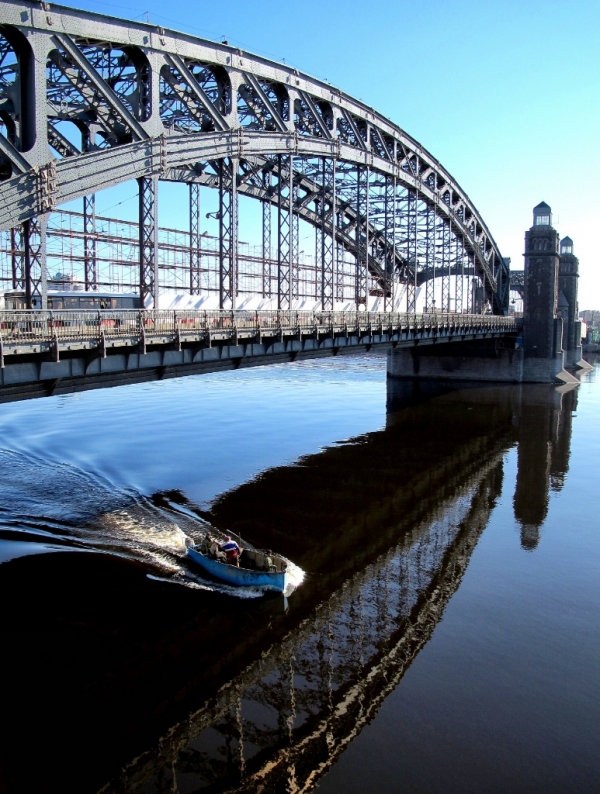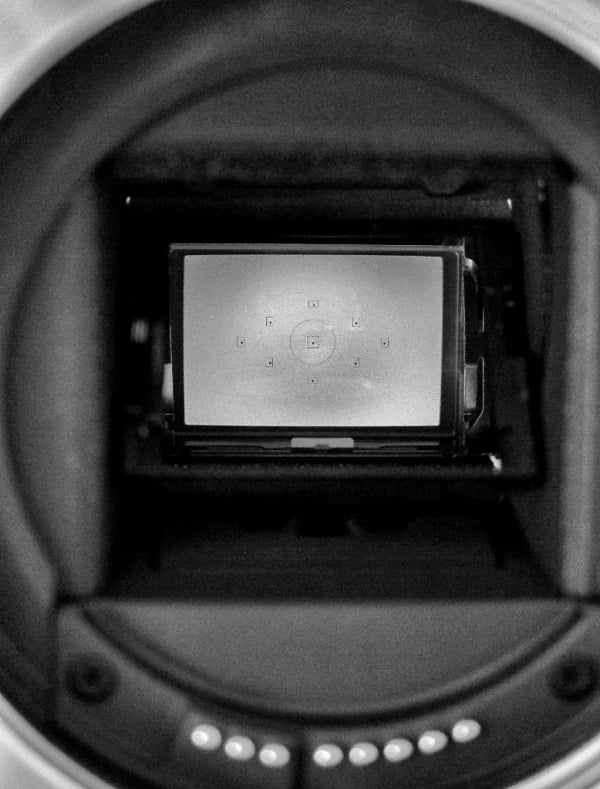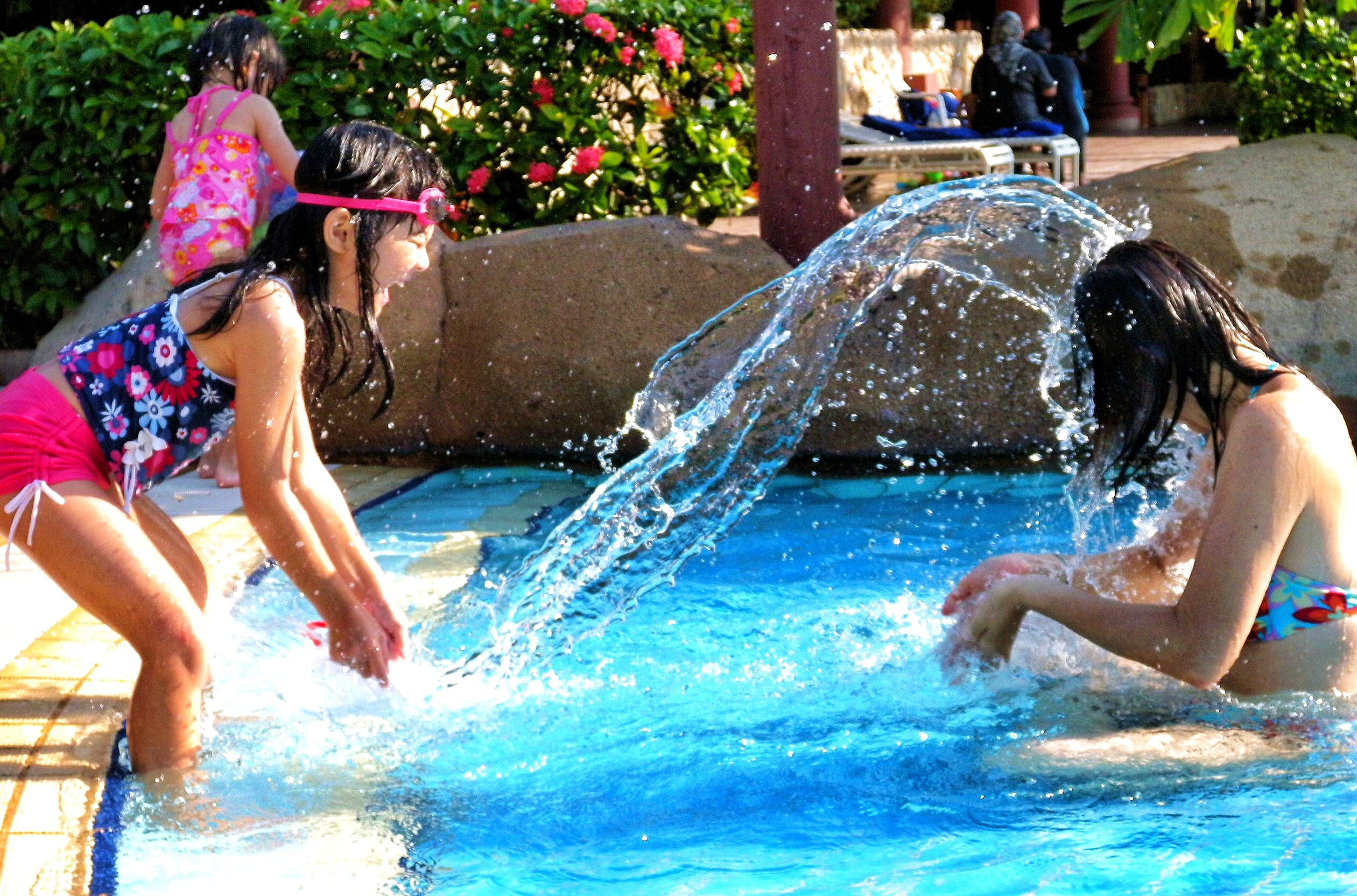
Capturing that special moment in photography
In this tutorial I will share my thoughts and experience on this simple yet challenging topic. Looking at pictures it may seem simple to capture all those moments. But even after all these years of taking pictures, capturing the precise moment is really far from a walk in the park.
Many times, friends who have seen my pictures always ask me – “How did you get that angle?”, “Was it arranged/posed?” and this one always get me laughing – “is it Photoshopped?”.
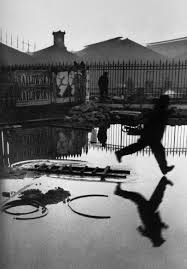
Henry Cartier-Bresson’s picture of a man jumping over a puddle.
Mr. Bresson (August 22, 1908 – August 3, 2004) was a French photographer considered to be the father of photojournalism. He was a pioneering adopter of the 35 mm format, and the master of candid photography.
His epic photographic style encompassed street photography or life reportage style that was famously described as ‘The Decisive Moment’ that spearheaded and influenced a new genre of photography. His photography style captivated and motivated me during my teens when I took up photography. Do not forget those were the days of manual focusing too.
While I am not saying shooting a plate of fried kuey teow is an easy task (making it look 200% more delicious can be a herculean task), getting that moment really takes more practice. Special moments can come in a scenic moment, during human activities at anytime and anywhere. The following are some tips for anyone wishing to give their pics just that special edge.
1. Anticipate and read the situation
Read the situation, feel the mood, plan ahead. Some situations have a pattern of repetition. Like in the picture above, which I shot at my taekwondo club, I know that a shout will come after a certain action.
But as the subject does not conform to exact timing, I had read the situation, gauged the frequency of occurrence and the subject’s mannerism and prepared myself. It helps too, if you have knowledge of what you are shooting. A long lens (135mm, in this instance) helped by allowing me more distance and minimized distracting the subject.
In situations where there is more ‘control’ over what you want to achieve, you have the luxury of ‘rehearsals’. In this picture, I shot of my daughter hopping off the pool edge to my wife’s waiting arms. I had to do several takes before getting what I had in my mind.
In such a situation, you can have some control like asking my daughter to jump a few times (haha!) as I wanted to get that ideal angle and we all had fun in the process.
In the picture of the Peter the Great Bridge across the Neva River in St. Petersburg (Russia), I liked the feeling of strength evoked by the bridge. But shooting it as it is would be somewhat boring and a point of interest would go a long way to add balance to an otherwise bland picture. And it was an early Sat morning and there was not much activity going on.
However, I spotted a boat doing maintenance work in the distance. So I prepared myself, camera all set and waited. When the boat eventually came, I had just one chance to snap what I had envisioned it would look like in my mind. This is where patience, anticipation and observation all comes together into a ‘lucky’ shot.
2. Know your camera
Being conversant with your camera buttons, dials, knobs, setting (shuttle speed+apertures+ISO). You must be ‘one with your camera. Otherwise a wrong setting may result in you missing a moment which may not come again.
Modern cameras are are designed with varying degrees of automation and ergonomics to enhance your photographic experience. But set aside time and get to know your camera inside out. Imagine driving a car without proper training!
3. Be aware of camera shuttle lag
Know your own speed of response and camera shuttle lag time (the time the mirror lifts up, shuttle opens to let the image hitting the camera sensor) when you press the button to take a picture. The shorter the time lag, the higher chance of capturing that moment. Different cameras have different shuttle lags. Although there are recent technology advancements in cameras going mirror-less or having translucent mirror technologies, there is no one perfect solution.
One rule of thumb in shutter response is to anticipate. For instance, if you are planning to shoot a footballer kicking a ball. If you press the shutter release only when his feet touches the ball, it’s highly likely you would have shot him feet extended without the ball in the picture.
Lastly, bring your camera with you. It’s no good if it’s resting in its storage box. I hope readers find the tips useful. A nicely captured picture will certainly help you treasure the moment a little longer. It will give you a sense of nostalgia when you look back at your pictures, and allow you to look forward to capturing even more great moments ahead.

Drop us your email so you won't miss the latest news.
